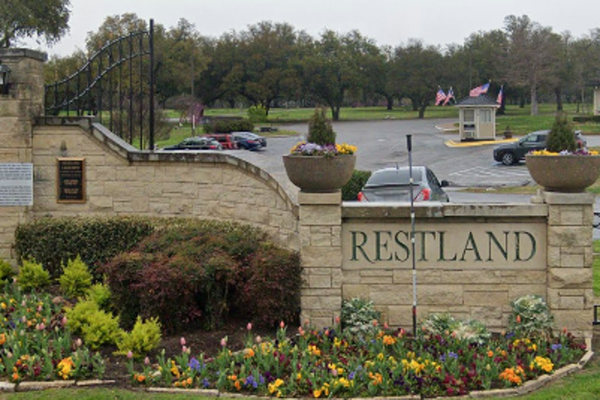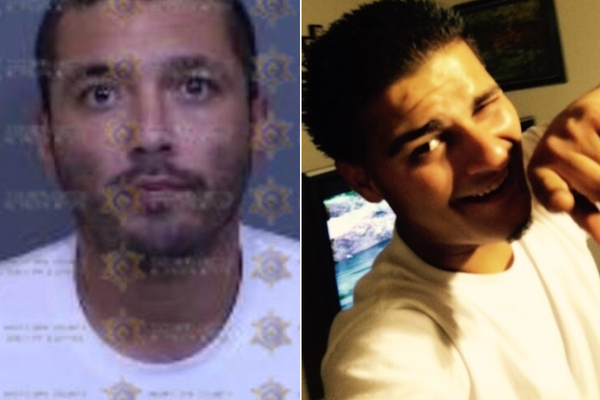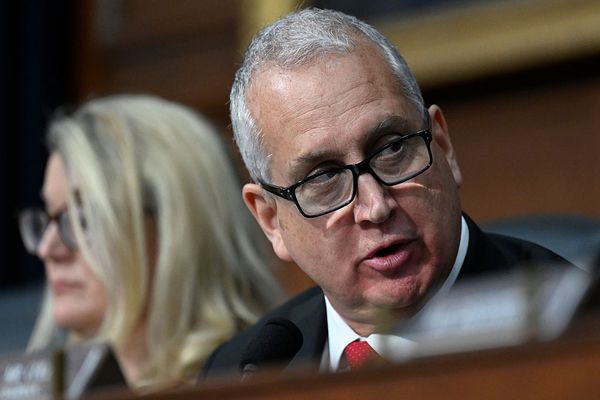MARAWI CITY, Philippines – The siege of Marawi erupted in a safehouse in barangay Basak Malutlut in the middle of afternoon on May 23, 2017. Isnilon Hapilon, named the emir of the Islamic State (ISIS) in Southeast Asia, was the target of a military raid.
Hapilon and his men fired back and triggered clashes that would last for months. Later during the siege, recovered video showed that Hapilon and the homegrown Maute Group planned to attack the city during Ramadan.
Where the Marawi war began: The safe house in Basak Malutlut
How a military raid triggered Marawi attacks
The military raid preempted the attacks but still proved potent. Clashes dragged on but Hapilon met his end on October 16, 2017, signaling the end of the war.
Here are photos of structures that bore witness to the key battles during the siege.
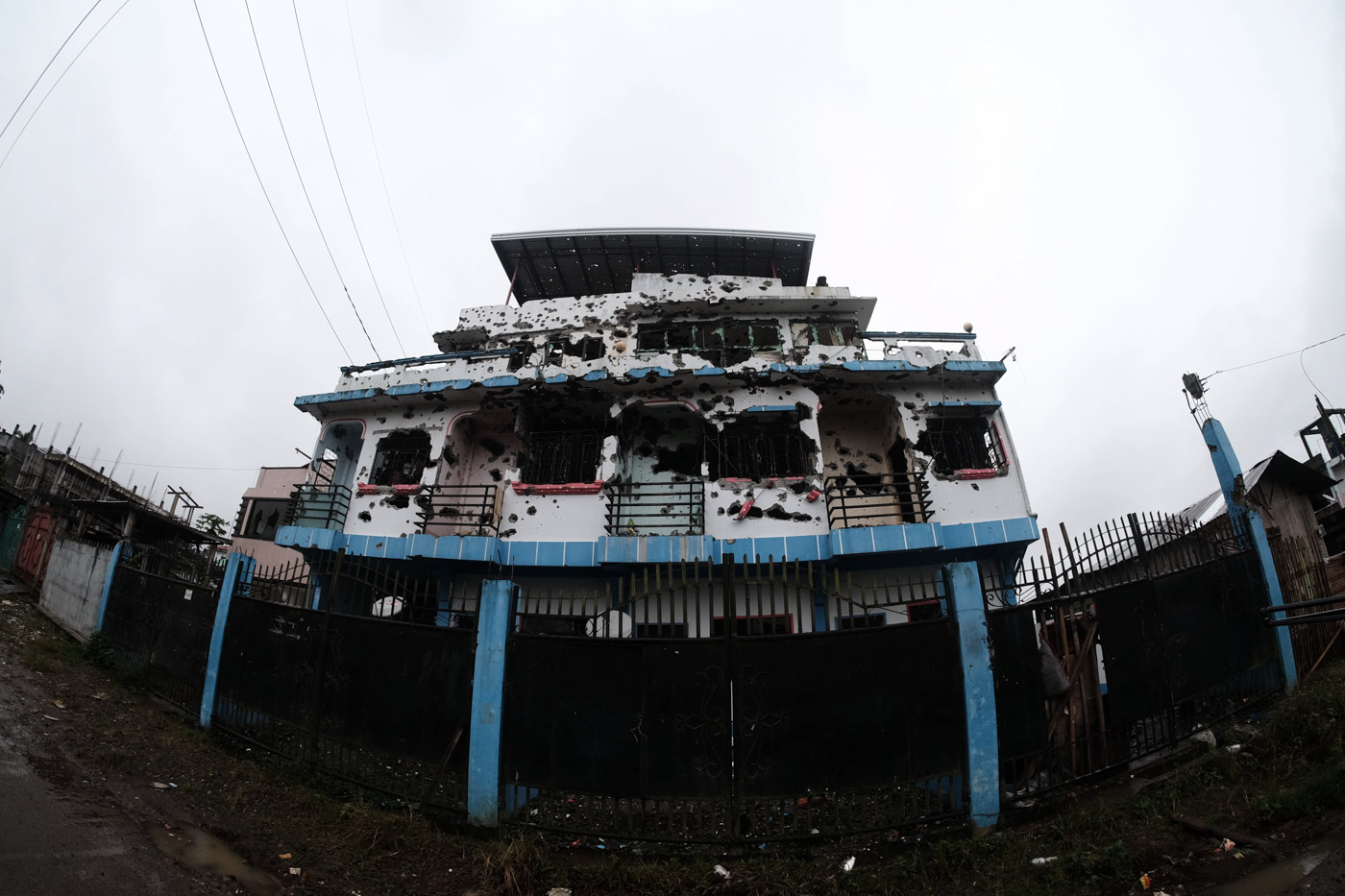
The military was surprised when armed Marawi residents stormed the streets. Some of them flew the black flag of the Islamic State (ISIS). It was a rampage. (DOCUMENTARY | Marawi: 153 days of war)
By nightfall of May 23, several buildings were set ablaze and prisoners were released.
It was almost midnight when First Lieutenant Geraldo Alvarez and his men from the 4th Mechanized Brigade left the military headquarters to rescue a wounded officer and bring in reinforcement troops.
Little did he know that upon crossing Mapandi Bridge, he would find himself in a 5-day battle to survive. He was nominated but failed to get the Medal for Valor, the highest and most rare combat award.
Mapandi Bridge was one of 3 bridges that separated the "safe zone" and the "war zone" during the war. It was the site of the bloodiest day during the war, when 11 Marines were killed on June 9, 2017.
The story of a Marawi officer nominated for the highest combat award
13 Marines killed in Marawi's bloody Friday
The battle for Marawi bridges
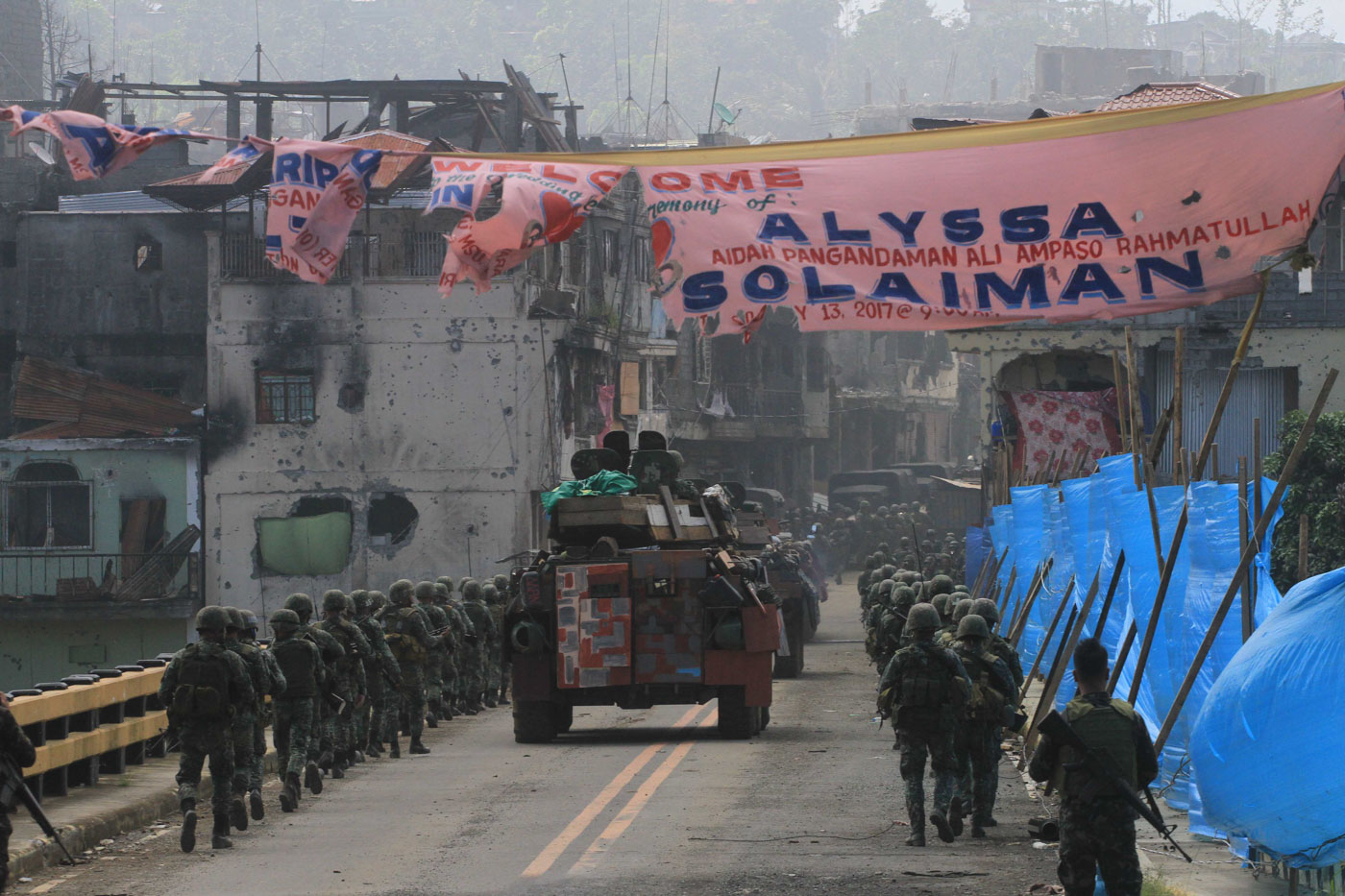
Hostages were taken. Among them was a Catholic priest, Father Teresito "Chito" Soganub.
The priest was taken from the Marawi Bishop's residence, where he and church staff were preparing for the feast of Saint Mary, the patron saint of the church.
WATCH: A prayer for a Marawi hostaged priest
Propaganda video shows Marawi priest echoing kidnapper's demand
Bishops visit Marawi church before demolition
The terrorists used the priest to negotiate with the military and shot videos of him for their videos. They also desecrated the Saint Mary's Cathedral for their propaganda material.
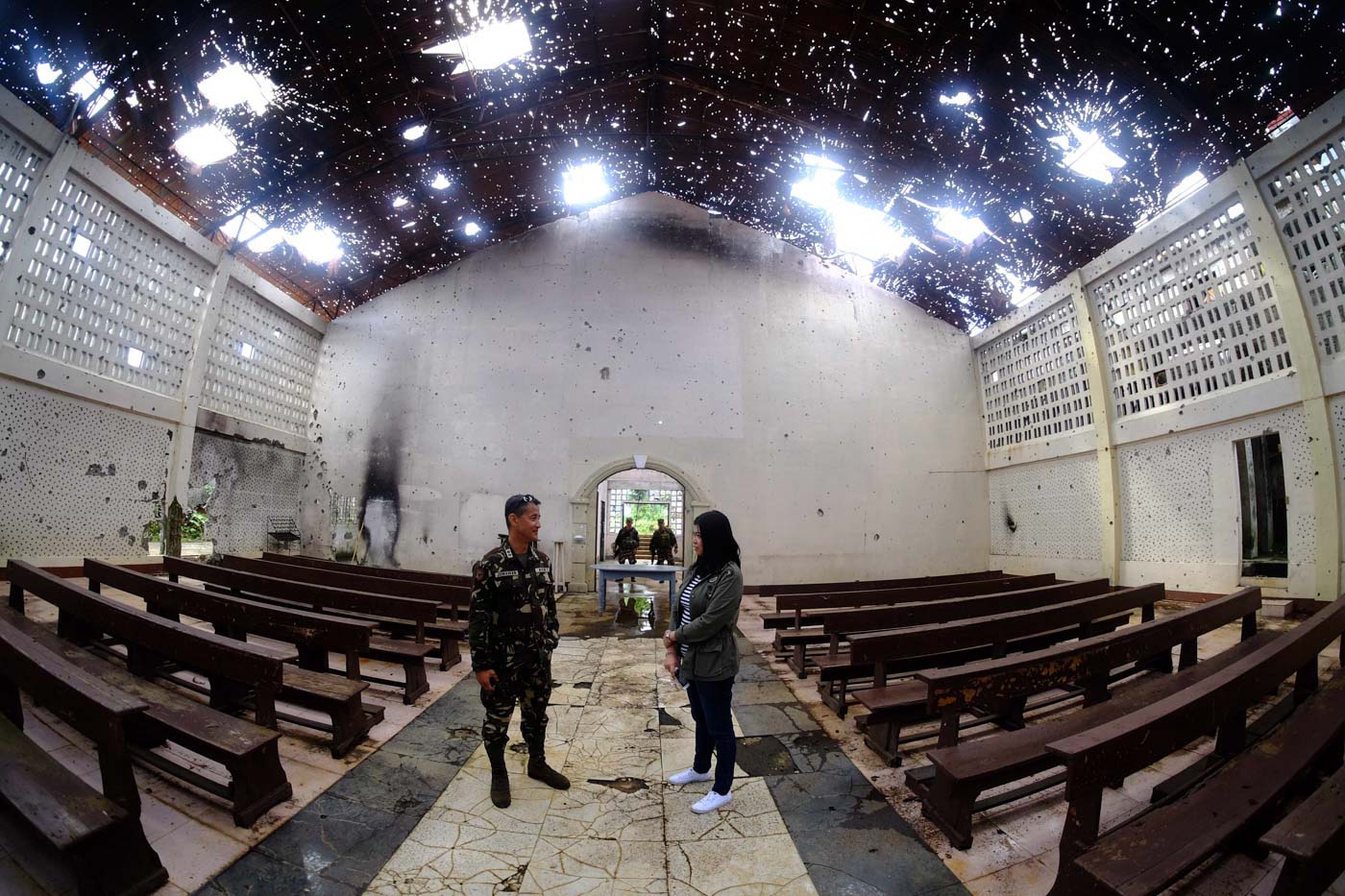
The City Hall and the Provincial Capitol in Marawi were memorable structures during the siege, too.
Mayor Majul Gandamra and his men stayed at the City Hall during the first 4 days of the siege to repel the armed groups that sought to fly the ISIS black flag there.
The City Hall was too near the battle area that employees couldn't report to work because of stray bullets.
It was the Provincial Capitol, located near the brigade headquarters, that served as refuge for many residents and served as operations center for the necessary relief work during the siege.
Tearful flag-raising in Marawi as PH celebrates independene day
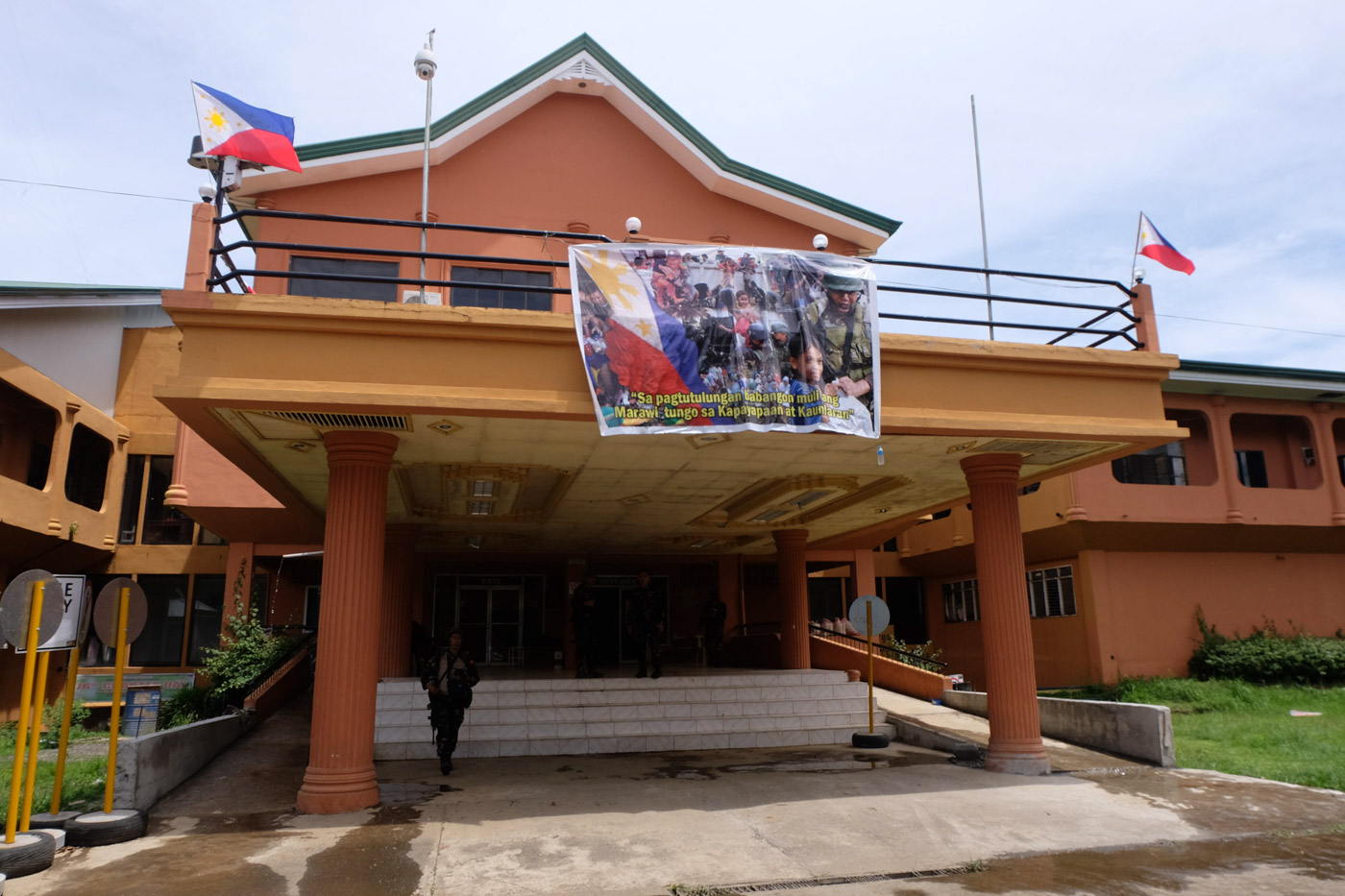
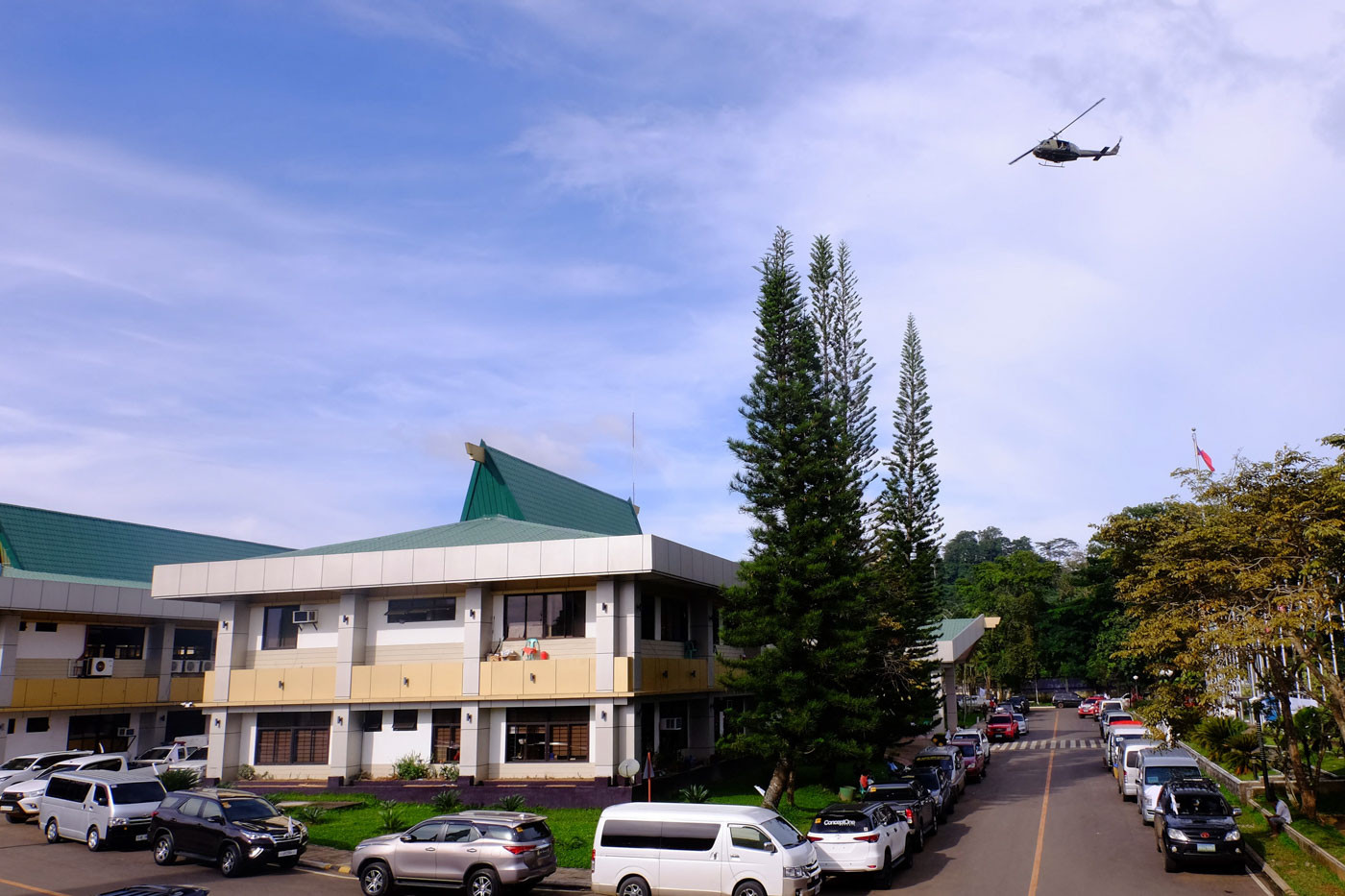
The armed groups occupied several mosques during the siege, knowing that the military would be forced to exercise some restraint.
The Islamic Center of the "Grand Mosque" was among the sites of key battles early in the war.
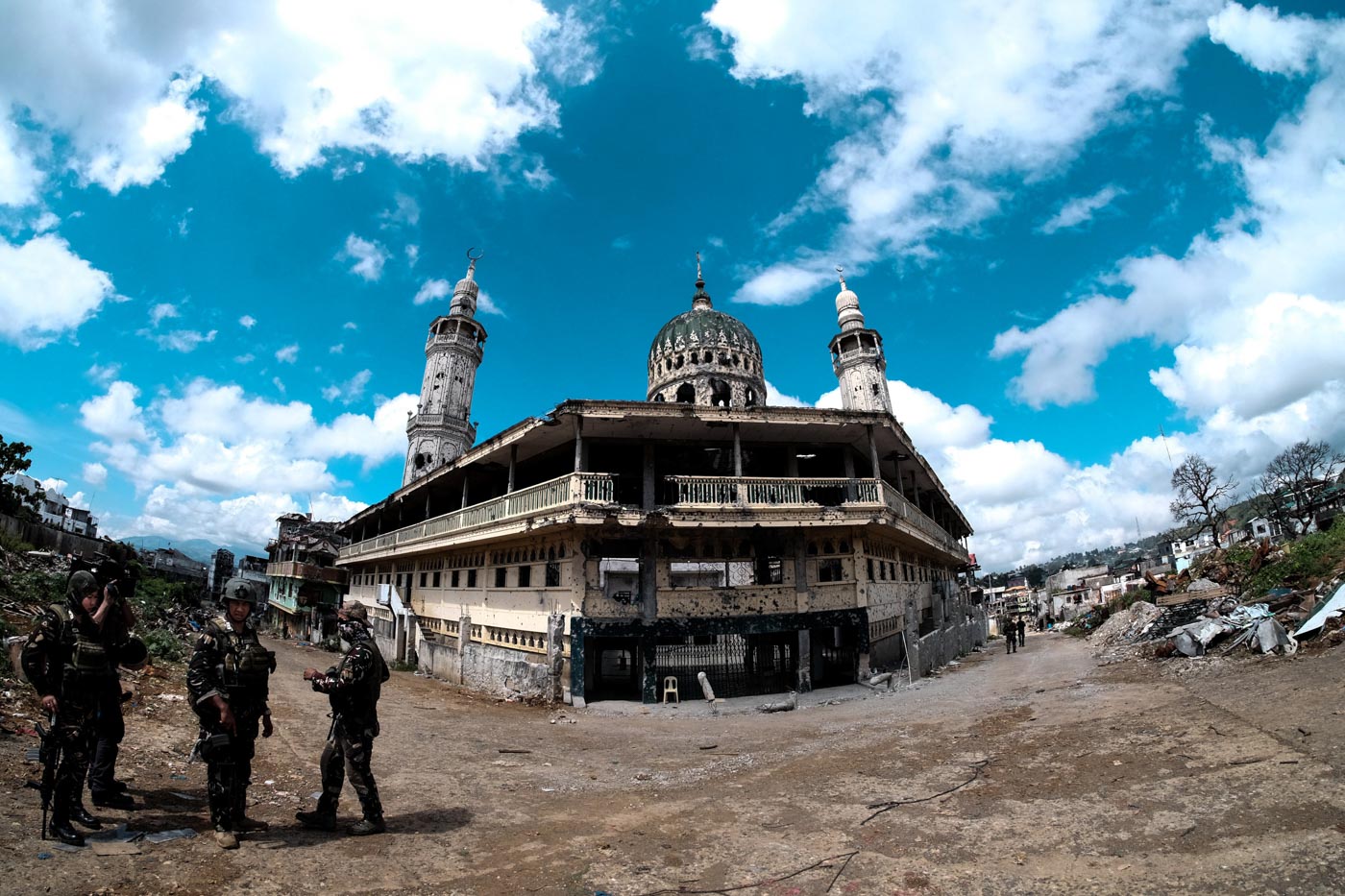
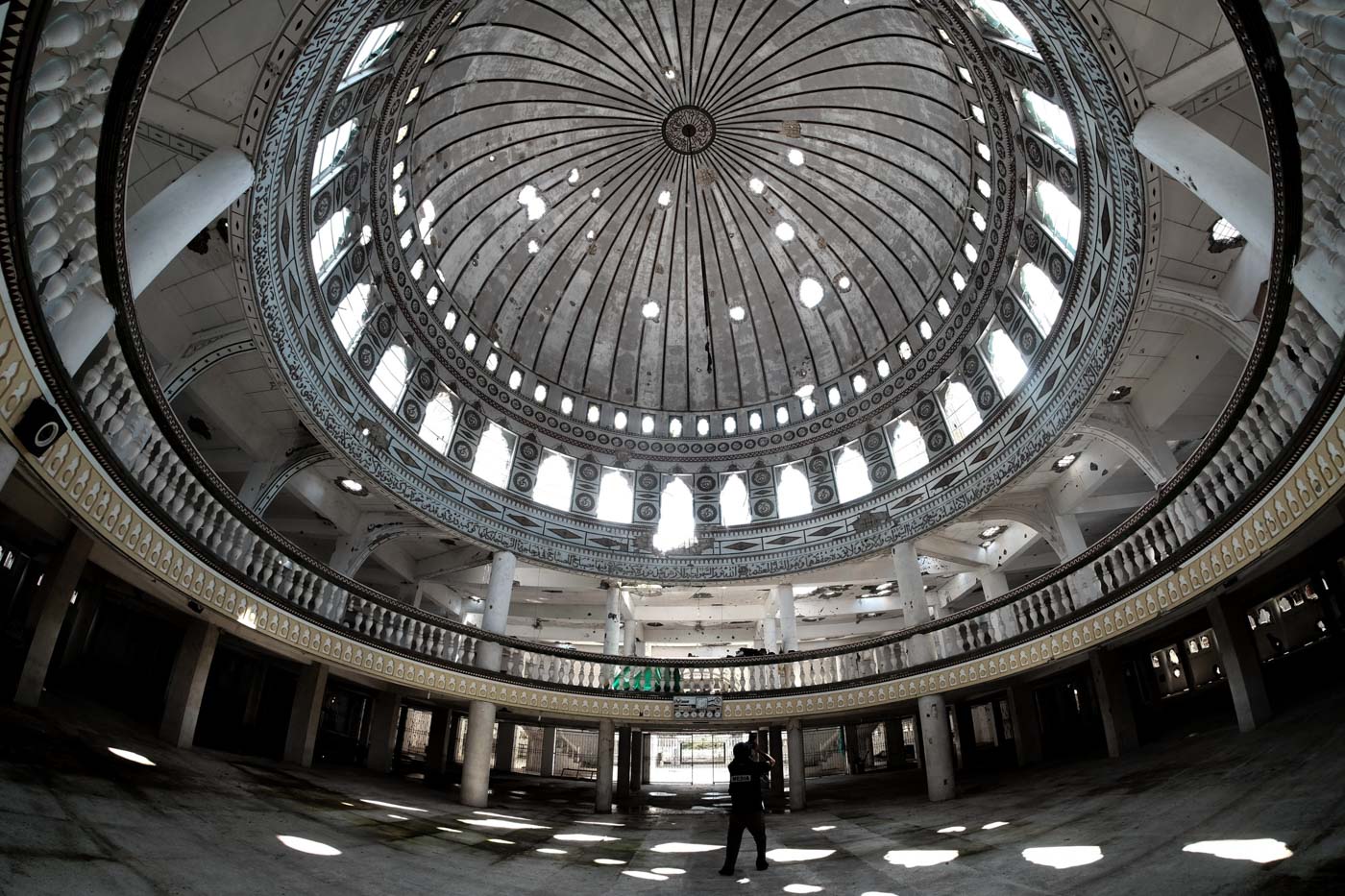
They later moved to Bato Ali Mosque near Lake Lanao, which proved to be a fortified stronghold for the armed groups.
This is where they hid hostages they used as human shields. A combination of military offensive and intelligence work led to the rescue of the Catholic priest.
The retrieval of Bato Ali mosque marked the beginning of the end of the war.
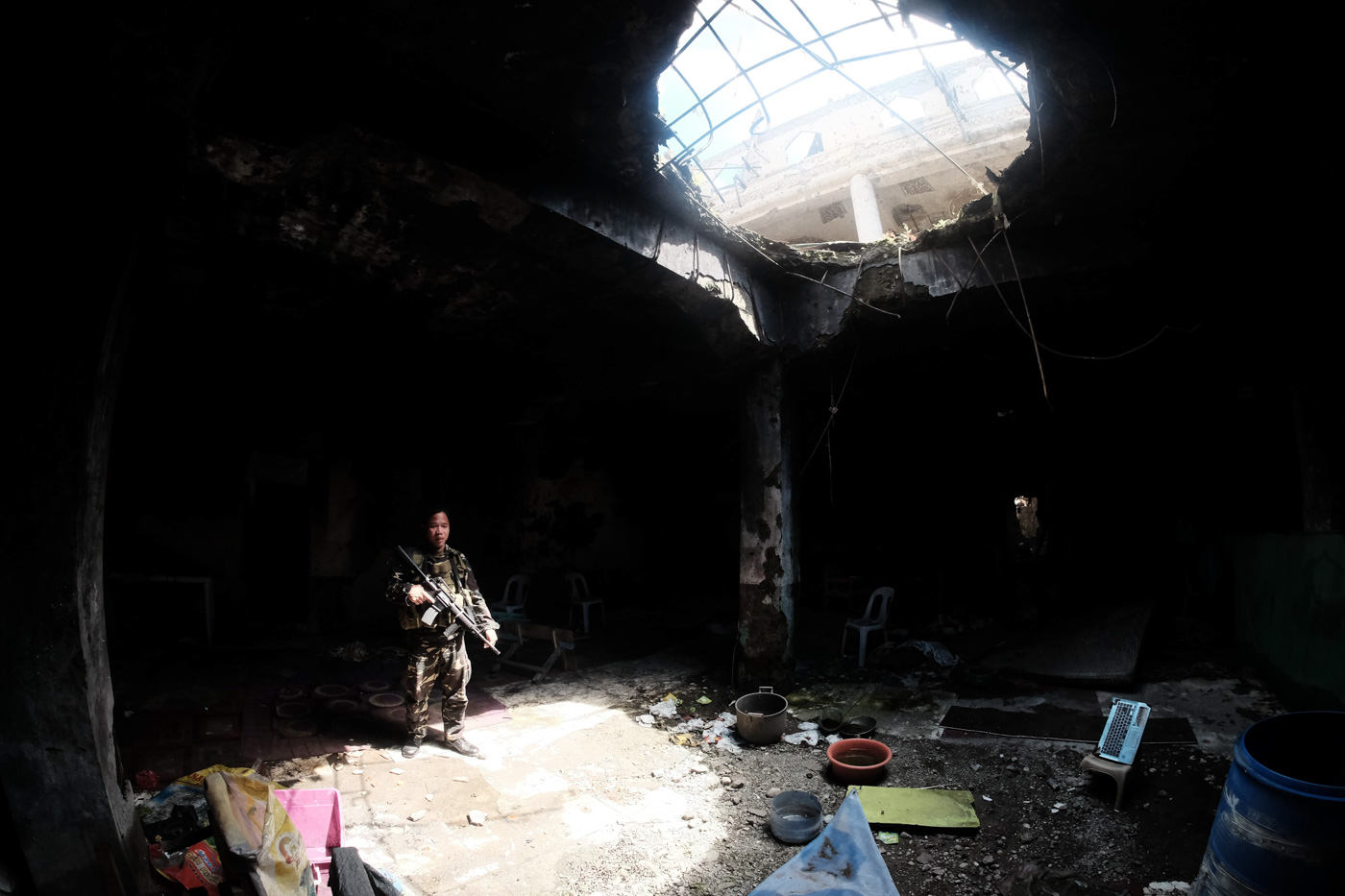
The advance towards the mosque itself bloody. The retrieval of the C&D Building, the tallest structure in the battle area, was key to the success of the operations.
This was where Captain Rommel Sandoval was killed when he tried to save one of his men during a clearing operation gone wrong.
Sandoval was posthumously awarded the coveted Medal of Valor.
How an Army captain died saving his soldier's life in Marawi
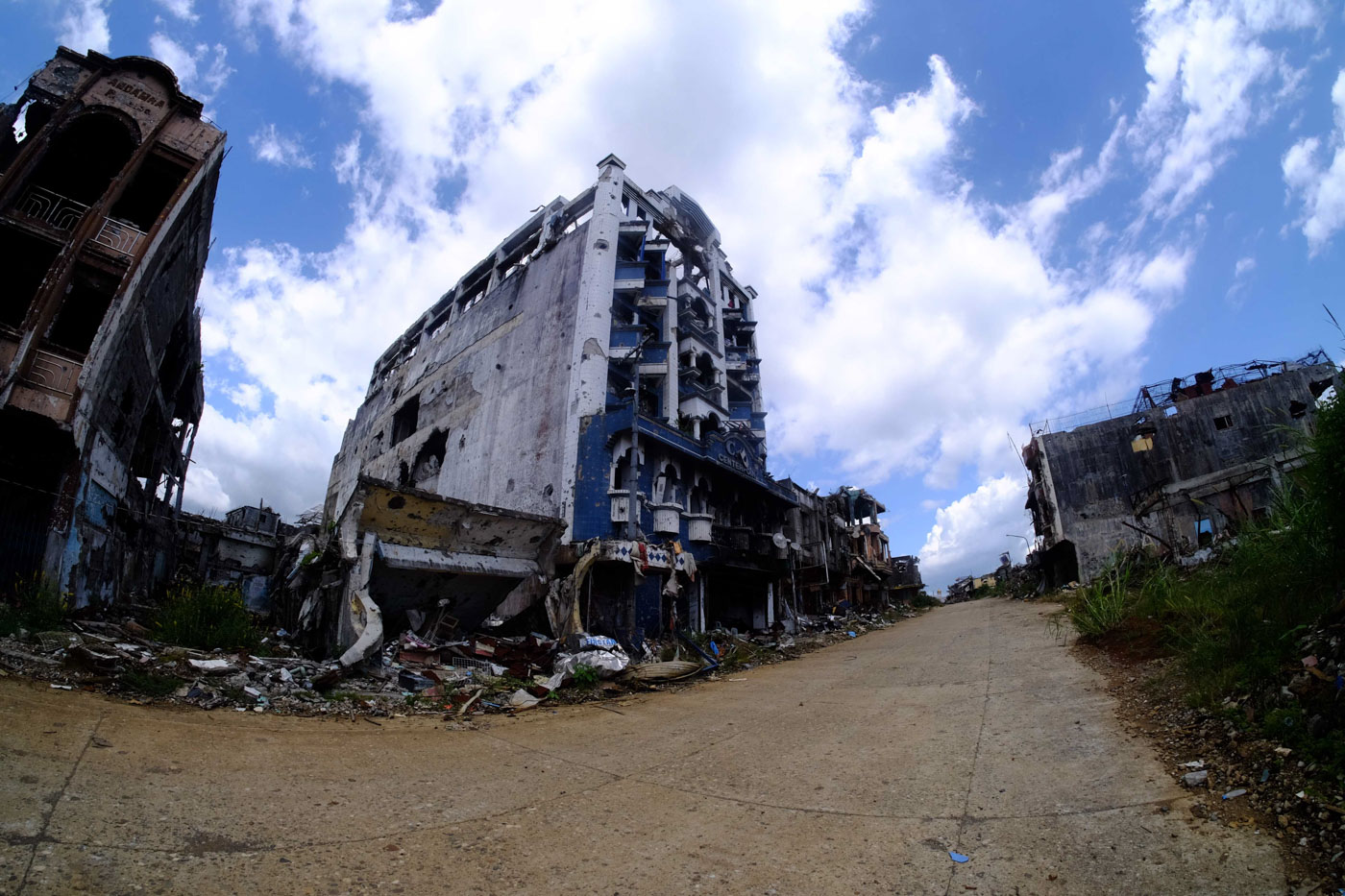
The fighting pushed the armed groups towards Lake Lanao.
The deaths of Hapilon and Omar Maute signaled the beginning of the end. Defense Secretary Delfin Lorenzana declared the end of combat operations on October 23, 2017.
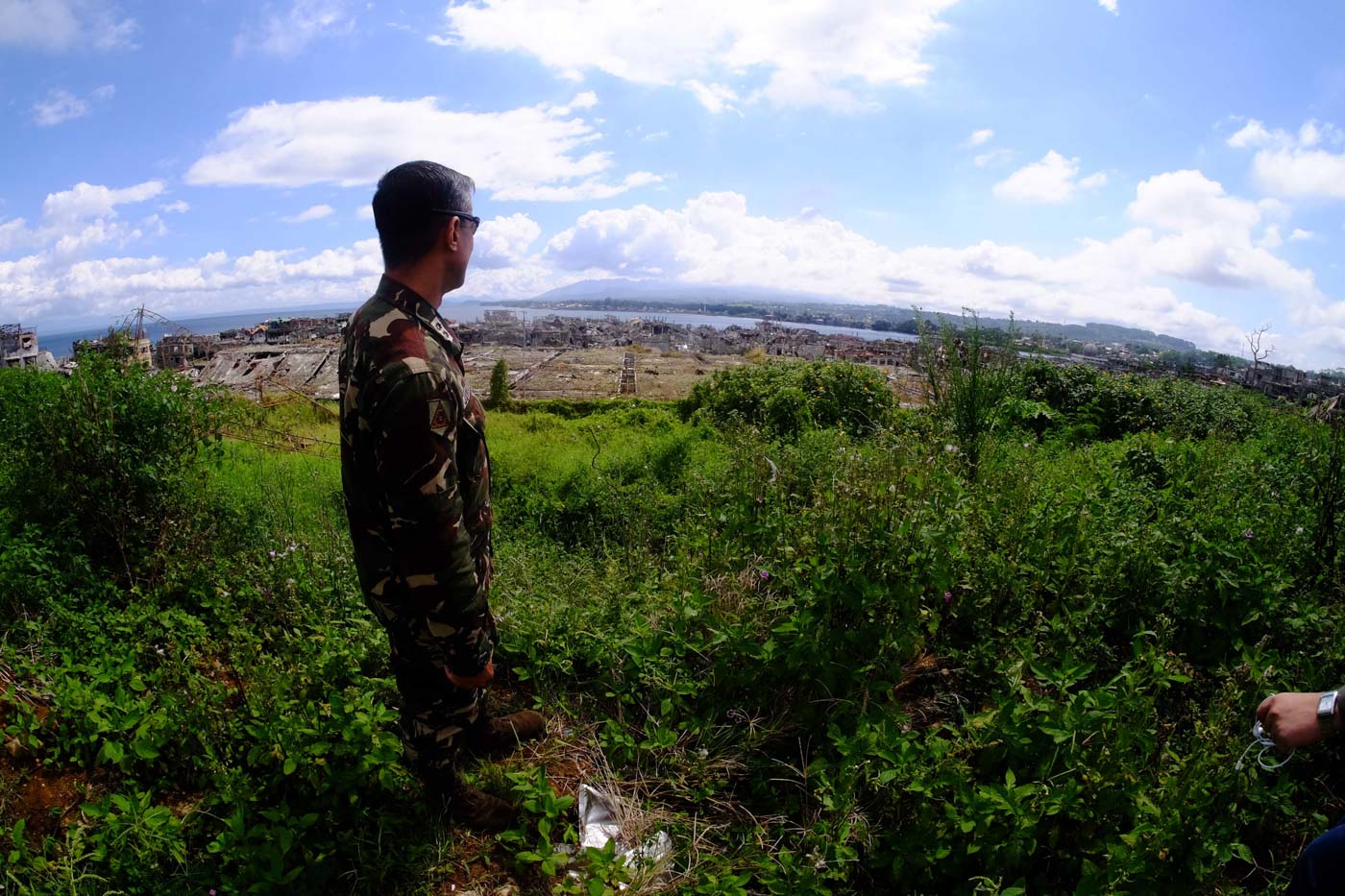
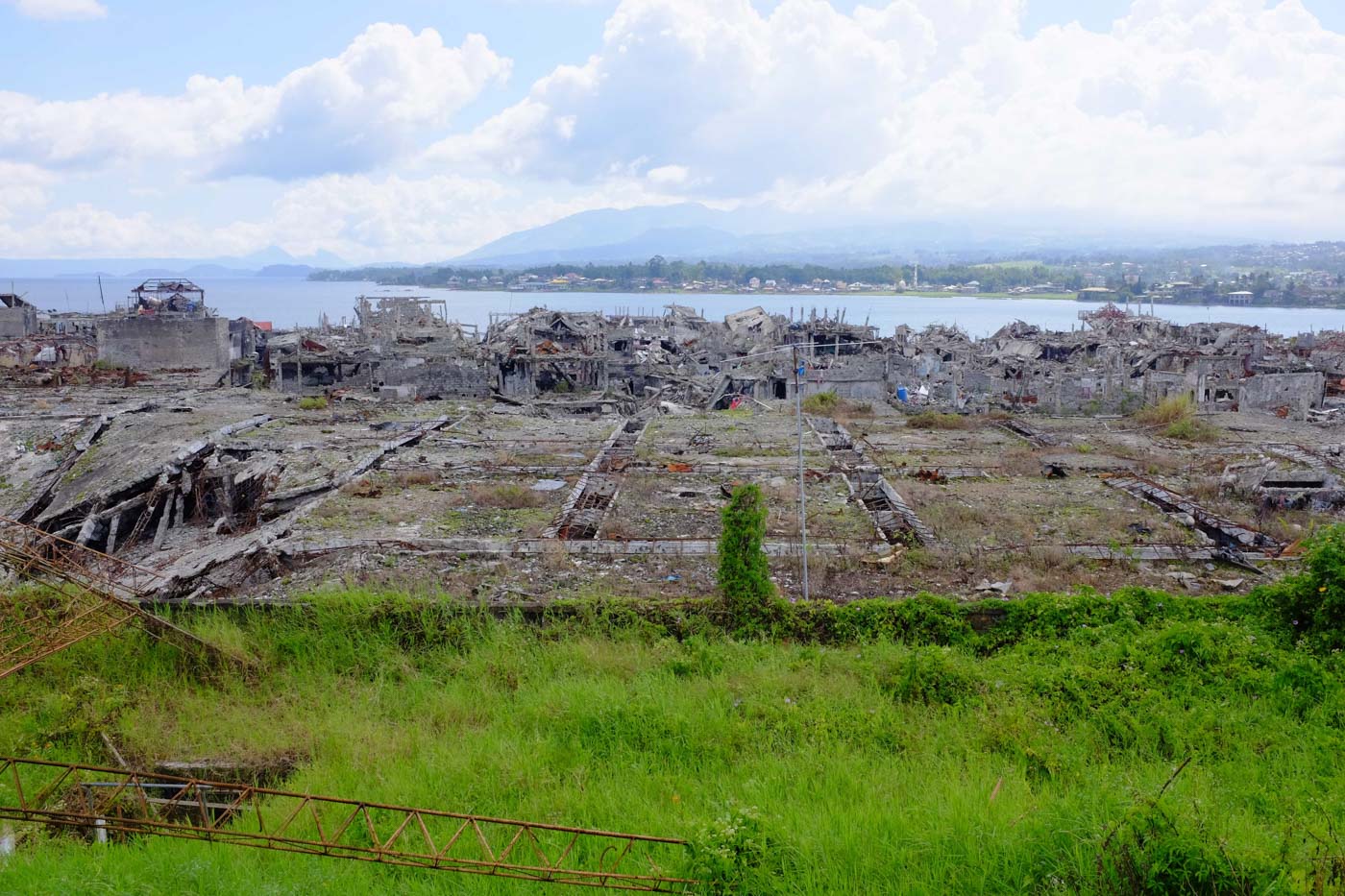
– Rappler.com
